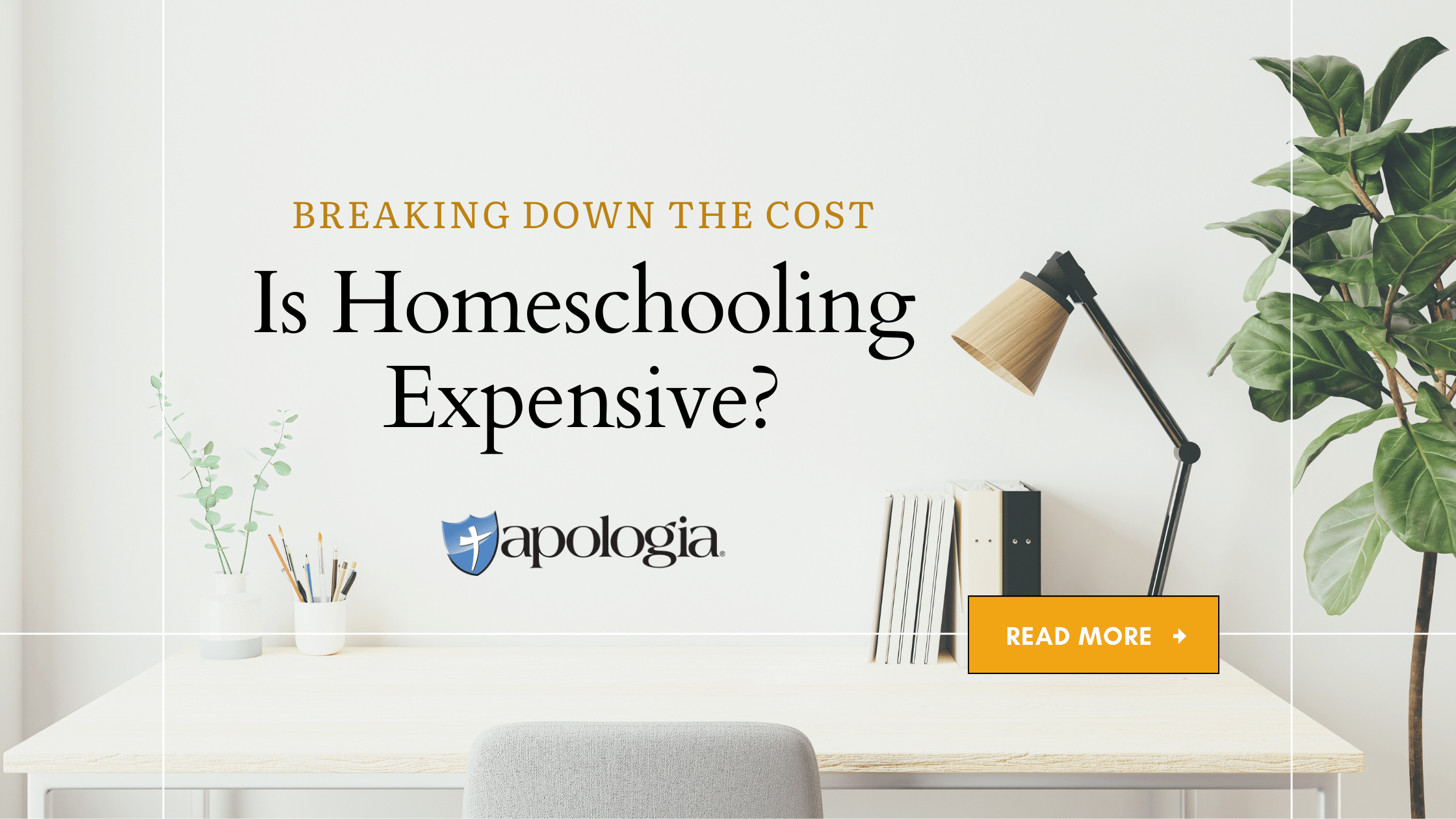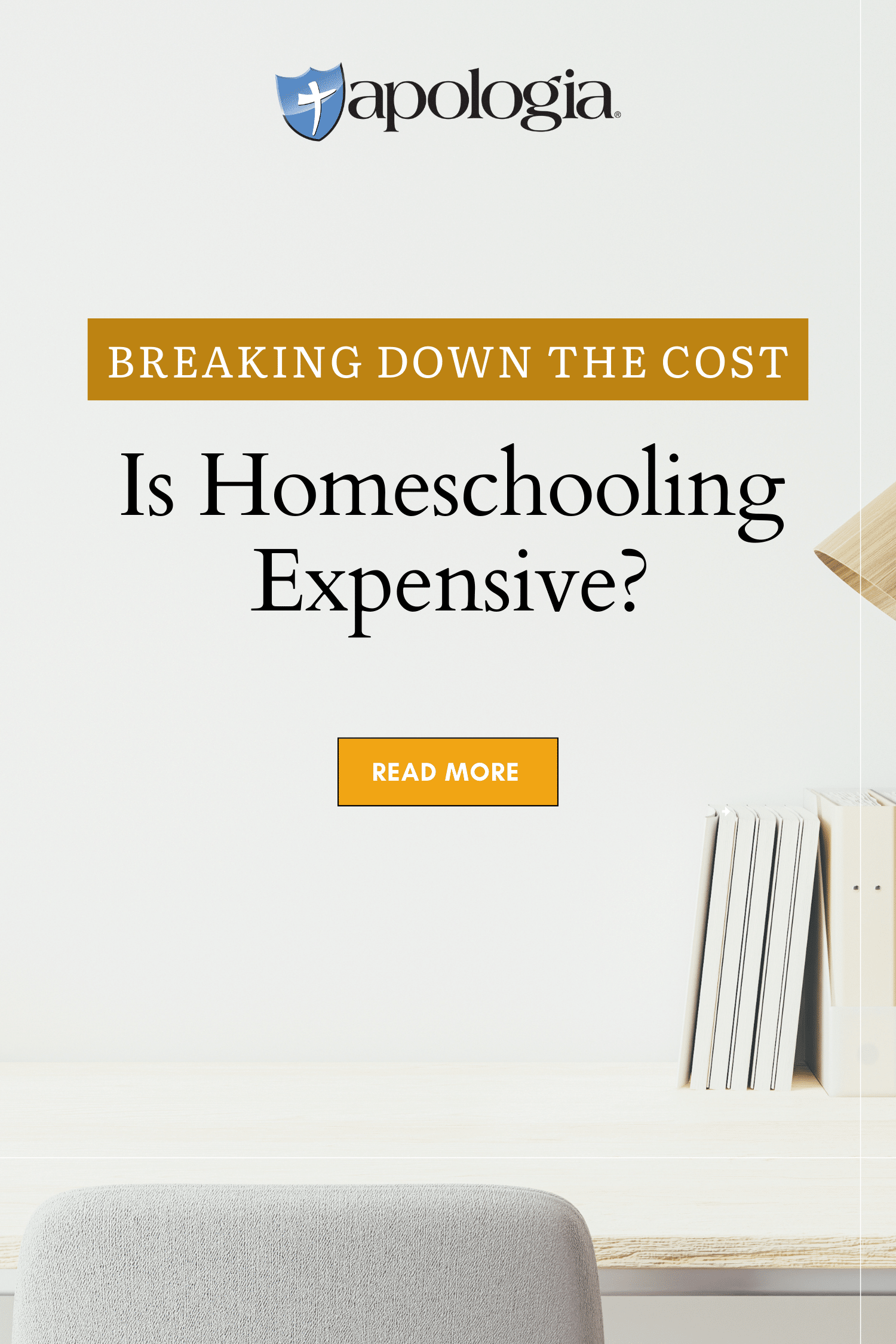
Is Homeschooling Expensive? Breaking Down the Costs
The homeschooling movement continues to gain traction, attracting families who appreciate the flexibility and personalized learning environment it offers. In 2023, the U.S. Census Bureau’s Household Pulse Survey concluded that close to 4 million families were opting for homeschooling in the U.S. alone.
Homeschooling allows parents to tailor their child’s education to fit their family’s unique circumstances, as well as their children’s individual learning styles and needs. Yet, one burning question for families considering home education persists: Is homeschooling expensive?
Let’s break down the average cost of homeschooling to help you make an informed decision.
Homeschooling Cost: Initial Investment
The first year of homeschooling serves as your investment year. Depending on the grade level of your student, your costs will vary. Some supplies, like writing tools, are standard whether you choose public, private, or homeschooling. The silver lining in homeschooling is that in subsequent years, the costs of materials, like art supplies, diminish as you refine the supplies you recycle year to year. It’s important to keep in mind that many public and most private schools require parents to invest in these materials too. So where does the true cost in homeschooling happen?
Here are some general guidelines for you to consider when thinking about a homeschool budget, but these will vary depending on the age/grade level of your student. Elementary costs are typically lower than middle school, which in turn has less of a financial investment than high school.
- Curriculum and Learning Materials ($500-$1500 per year): This encompasses textbooks, workbooks, software programs, and any online subscriptions or support you may need.
- Educational Supplements ($200-$500 per year): The category includes science lab kits or equipment, hands-on resources, manipulatives, or specialized art materials.
- Technology ($350-$1000 one-time cost): Laptops, printers, or tablets are valuable tools, particularly as children progress into the upper elementary years and beyond.
SAVINGS TIP: Since these will be larger purchases upfront, double-check your list before purchasing to ensure you get everything in one order. Most companies offer free shipping or extra discounts on orders of higher volume.
Homeschooling Cost: Routine Expenses
You will likely want to enrich your child’s education with additional learning experiences. While not mandatory, these are common expenses to consider.
- Field Trips and Other Educational Opportunities ($100-200 per year): Depending on the number of children you have, this can cover admission tickets or annual membership passes to museums, zoos, national parks, and historical sites.
- Tutoring or Extracurricular Activities (cost will vary): Specialized tutoring for challenging subjects or expenses related to music lessons, clubs, or sports teams may arise. Costs vary based on the activity and level of involvement.
- Formal Assessments or Online Courses (cost will vary): High schoolers aiming for college may opt for AP exams or online courses. Students with the opportunity for concurrent enrollment at a community college typically incur little to no cost. With this option, students receive high school and college credit. This can cut the costs of a college degree drastically. A little time investment up front can save you thousands of dollars.
SAVINGS TIP: Always ask about homeschool discounts. Many zoos, museums, and cultural landmarks offer homeschool discounts or host special homeschool events at a discounted rate.
Homeschooling Cost: Factors for Variance
As you curate your student’s educational path, their needs and preferences will become more apparent.
Some homeschooling costs are challenging to pin down due to a few factors:
- How many children you are homeschooling: While you can save a lot of money by teaching certain subjects to multiple children, there will still be expenses for each child. Items like consumable student workbooks and supplies are essential. Naturally, the more children, the higher the overall expense.
- How much parental time will be needed: Although not a monetary expense, the time invested in research, planning, instruction, and record keeping may impact opportunities for external sources of income.
- How much are your desired curriculum selections: There is a wide range of pricing for curriculum. Premium selections often come with all the bells and whistles. Some live online courses for high school tend to require a higher budget for the quality of instruction. There are still free or low-cost options, especially for the younger elementary years.
Cost Comparing With Public and Private School
According to Private School Review, the average cost to taxpayers for a public school student was $15,205 in 2021. The national average for private school tuition in 2021 was approximately $11,645 per year.
The approximate cost of homeschooling can range from $500 to $3500 per year, per child.
SAVINGS TIP: If you’re teaching more than one child close in age or educational level, you can teach them the same subject and save on cost. As a bonus, multi-age family learning is a great way to nurture family relationships.
Sample Curriculum Breakdown
Case Study Example: Homeschooling a 7 year old son and 10 year old daughter
- Math: Level 2 Basic Set ($76,95) and Level 5 ($76.95)
-
- Science: Botany Advantage Set ($71.95) with an extra Student Notebooking Journal ($33)
- Language Arts: 2nd grade level ($50) and 5th grade level ($50)
- History: American History bundle ($135) including literature
- Bible Study: The Word in Motion New Testament Basic Set ($81.95) with extra Student Notebooking Journal
Total: $604.80
Per student cost: $302.40 for curriculum. Additional expenses like technology, supplements, tutoring, extracurricular activities, etc., can be factored in.
Ways to Save Money When Homeschooling
Here are some quick tips on how to cut costs for your homeschool:
- Family Style Learning: Combining as many subjects as possible can help save money, but also time. History, science, and Bible study are efficient subjects to study together as a family.
- Utilize Your Local Library: Borrow literature, videos, and board games to save money and space. Platforms like Hoopla offer free e-books and audiobooks to borrow as well.
- Find Free or Low-Cost Educational Resources: Sites like Teachers Pay Teachers and Easy Peasy Homeschooling offer many free curriculum options and printables.
- Joining or forming homeschool co-op groups can save time with planning and preparing since families share in the effort.
- Don’t Miss Curriculum Sales: Stay updated on your favorite sources for homeschool curriculum by following their social media accounts and subscribing to their email list to catch their sale announcements.
The Price of Homeschooling
While homeschooling requires careful budgeting and planning, the flexibility and individualized approach are invaluable. Selecting your curriculum, giving your children a customized education, and setting your own pace is truly a gift.
Ultimately, your decision to homeschool will take into account your family dynamics, financial resources, and your ability to invest resources and time into your child’s education. By weighing the cost and choices for your family, you can make a more informed decision aligned with your educational goals.
Each child’s educational journey is so unique, and what works for one family may not work the same way for another. The goal is to ignite a love for learning, build confidence in skills and abilities, and foster a curiosity for exploring God’s creation all around them.
In Conclusion
Homeschooling can be a highly rewarding educational choice, allowing for tailored learning experiences and flexibility. While it does come with costs, as outlined in this guide, there are various strategies to manage and minimize expenses effectively.
By carefully considering your family’s needs and resources, you can create a fulfilling homeschool experience that sets your children on a path of lifelong learning and exploration. Remember, the true value of homeschooling lies not just in the financial investment, but in the rich and unique educational journey it offers to each child.




